Grow Rosemary at Home and unlock a world of fragrant possibilities right outside your door! Have you ever dreamed of snipping fresh herbs for your culinary creations, or perhaps crafting your own aromatic bath products? Well, dream no more! This DIY guide is your passport to cultivating your very own rosemary haven, regardless of your gardening experience.
Rosemary, with its needle-like leaves and distinctive scent, boasts a rich history. Revered by ancient civilizations for its medicinal and symbolic properties, rosemary was often associated with remembrance and fidelity. From adorning wedding bouquets to being burned as incense, this herb has woven its way through cultures for centuries.
But beyond its historical charm, why should you learn to grow rosemary at home? Simple! Store-bought rosemary can be expensive and often lacks the vibrant flavor of freshly grown herbs. Plus, cultivating your own rosemary is incredibly rewarding. Imagine the satisfaction of harvesting your own ingredients for delicious meals, knowing exactly where they came from and how they were grown. This DIY project not only saves you money but also connects you with nature, offering a therapeutic and fulfilling experience. Let’s dive in and discover the secrets to successfully grow rosemary at home!
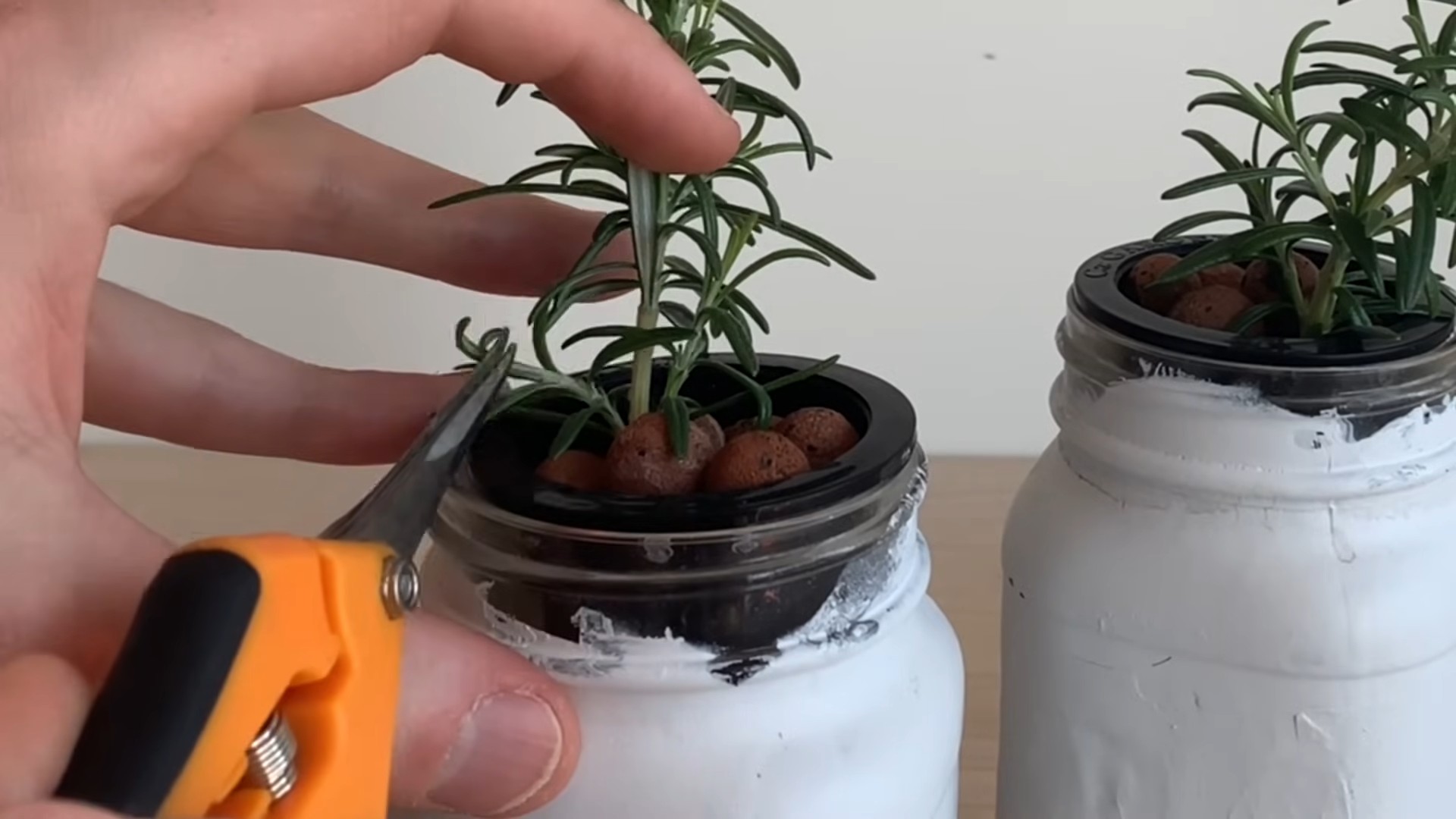
Grow Your Own Rosemary: A Beginner’s Guide
Hey there, fellow plant enthusiasts! Ever dreamt of snipping fresh rosemary sprigs right from your own garden for that perfect roast chicken or aromatic focaccia? Well, dream no more! Growing rosemary at home is surprisingly easy, and I’m here to guide you through every step. Whether you have a sprawling garden or just a sunny windowsill, you can cultivate this fragrant herb. Let’s get started!
Choosing Your Rosemary Variety
First things first, let’s talk rosemary varieties. While they all share that signature piney aroma, they differ in growth habit, hardiness, and even flower color. Here are a few popular choices:
* ‘Arp’: This is a cold-hardy variety, perfect if you live in a region with harsh winters. It boasts a slightly lemon-scented foliage.
* ‘Blue Boy’: A compact, low-growing variety with beautiful blue flowers. Ideal for containers or ground cover.
* ‘Tuscan Blue’: An upright variety with vibrant blue flowers and a strong, classic rosemary scent. Great for hedges or as a focal point.
* ‘Prostratus’: A creeping rosemary, perfect for cascading over walls or containers. It adds a lovely, trailing effect.
Consider your climate, available space, and desired aesthetic when choosing your rosemary variety. I personally love ‘Tuscan Blue’ for its upright growth and intense fragrance, but ‘Arp’ is a lifesaver if you’re battling freezing temperatures.
Starting from Seed vs. Cuttings
You have two main options for starting your rosemary journey: seeds or cuttings.
* Seeds: Starting from seed can be a bit more challenging and time-consuming, but it’s definitely rewarding. Rosemary seeds can be slow to germinate and require consistent moisture.
* Cuttings: Taking cuttings is a faster and more reliable method. You’ll essentially be cloning an existing rosemary plant, ensuring you get the exact variety you want.
I usually opt for cuttings because they’re quicker and easier, especially for beginners. But if you’re feeling adventurous, give seeds a try!
Taking Rosemary Cuttings (My Preferred Method!)
Okay, let’s dive into the nitty-gritty of taking rosemary cuttings. This is my go-to method, and I promise it’s not as intimidating as it sounds.
Materials You’ll Need:
* A healthy rosemary plant (borrow from a friend or neighbor!)
* Sharp, clean pruning shears or a knife
* Rooting hormone (optional, but it helps!)
* Small pots or containers
* Well-draining potting mix (a mix of perlite, vermiculite, and peat moss works well)
* A clear plastic bag or humidity dome
Step-by-Step Instructions:
1. Choose Your Cuttings: Look for healthy, non-flowering stems that are about 4-6 inches long. Avoid stems that are too woody or too soft.
2. Make the Cut: Using your clean pruning shears or knife, make a clean cut just below a leaf node (the point where leaves grow from the stem).
3. Prepare the Cutting: Remove the leaves from the bottom inch or two of the stem. This will prevent them from rotting when you plant the cutting.
4. Apply Rooting Hormone (Optional): Dip the cut end of the stem into rooting hormone powder or liquid. This will encourage root development. If you don’t have rooting hormone, don’t worry! Rosemary can often root without it.
5. Plant the Cutting: Fill your small pots or containers with well-draining potting mix. Make a small hole in the center of the soil and gently insert the cutting.
6. Water and Cover: Water the soil gently until it’s moist but not soggy. Then, cover the pot with a clear plastic bag or humidity dome to create a humid environment. This will help the cutting retain moisture and encourage rooting.
7. Provide Light and Warmth: Place the cuttings in a warm, bright location, but avoid direct sunlight, which can scorch the leaves.
8. Be Patient: It can take several weeks for the cuttings to root. Check the soil moisture regularly and water as needed to keep it consistently moist.
9. Check for Roots: After a few weeks, gently tug on the cutting. If you feel resistance, it means roots have formed! You can also gently tip the pot and peek at the bottom to see if roots are emerging.
10. Transplant (Eventually): Once the cuttings have developed a good root system, you can transplant them into larger pots or directly into your garden.
Growing Rosemary from Seed (For the Patient Gardener!)
If you’re up for a challenge, growing rosemary from seed can be a rewarding experience. Just be prepared for a longer wait!
Materials You’ll Need:
* Rosemary seeds
* Seed starting trays or small pots
* Seed starting mix (fine-textured and well-draining)
* A spray bottle
* A heat mat (optional, but it helps with germination)
* A grow light (optional, but it provides consistent light)
Step-by-Step Instructions:
1. Sow the Seeds: Fill your seed starting trays or small pots with seed starting mix. Moisten the soil with a spray bottle. Sprinkle the rosemary seeds evenly over the surface of the soil.
2. Cover Lightly: Gently press the seeds into the soil and cover them with a very thin layer of seed starting mix. Rosemary seeds need light to germinate, so don’t bury them too deep.
3. Provide Warmth and Moisture: Place the seed starting trays or pots on a heat mat (if using) and cover them with a clear plastic dome or plastic wrap to create a humid environment. Mist the soil regularly with a spray bottle to keep it consistently moist.
4. Provide Light: Place the seed starting trays or pots under a grow light (if using) or in a bright, sunny location.
5. Be Patient (Again!): Rosemary seeds can take 2-3 weeks (or even longer) to germinate. Be patient and keep the soil consistently moist.
6. Thin Seedlings: Once the seedlings emerge, thin them out so that only the strongest seedlings remain.
7. Harden Off: Before transplanting the seedlings outdoors, you’ll need to harden them off. This means gradually exposing them to outdoor conditions over a period of a week or two. Start by placing them in a sheltered location for a few hours each day, gradually increasing the amount of time they spend outdoors.
8. Transplant: Once the seedlings are hardened off, you can transplant them into larger pots or directly into your garden.
Caring for Your Rosemary Plant
Whether you started from cuttings or seeds, caring for your rosemary plant is essential for its long-term health and productivity.
Sunlight:
Rosemary loves sunshine! Aim for at least 6-8 hours of direct sunlight per day. If you’re growing rosemary indoors, place it near a sunny window or use a grow light.
Watering:
Rosemary is relatively drought-tolerant, so avoid overwatering. Allow the soil to dry out slightly between waterings. When you do water, water deeply, until the water drains out of the bottom of the pot.
Soil:
Rosemary prefers well-draining soil. A sandy or loamy soil is ideal. Avoid heavy clay soils, which can retain too much moisture and lead to root rot.
Fertilizing:
Rosemary doesn’t need a lot of fertilizer. A light feeding with a balanced fertilizer in the spring is usually sufficient. Avoid over-fertilizing, which can lead to leggy growth.
Pruning:
Pruning is essential for maintaining the shape and health of your rosemary plant. Prune regularly to encourage bushier growth and prevent the plant from becoming too woody. You can prune rosemary at any time of year, but the best time to prune is after flowering.
Overwintering:
If you live in a region with cold winters, you’ll need to protect your rosemary plant from freezing temperatures. If you’re growing rosemary in a pot, you can bring it indoors for the winter. If you’re growing rosemary in the ground, you can cover it with a layer of mulch to protect the roots. ‘Arp’ rosemary is a good choice for colder climates, as mentioned earlier.
Common Problems and Solutions
Even with the best care, rosemary plants can sometimes encounter problems. Here are a few common issues and how to address them:
* Root Rot: This is usually caused by overwatering or poorly draining soil. To prevent root rot, make sure your rosemary plant is planted in well-draining soil and avoid overwatering. If you suspect root rot, you can try repotting the plant in fresh soil.
* Powdery Mildew: This is a fungal disease that can cause a white, powdery coating on the leaves. To prevent powdery mildew,
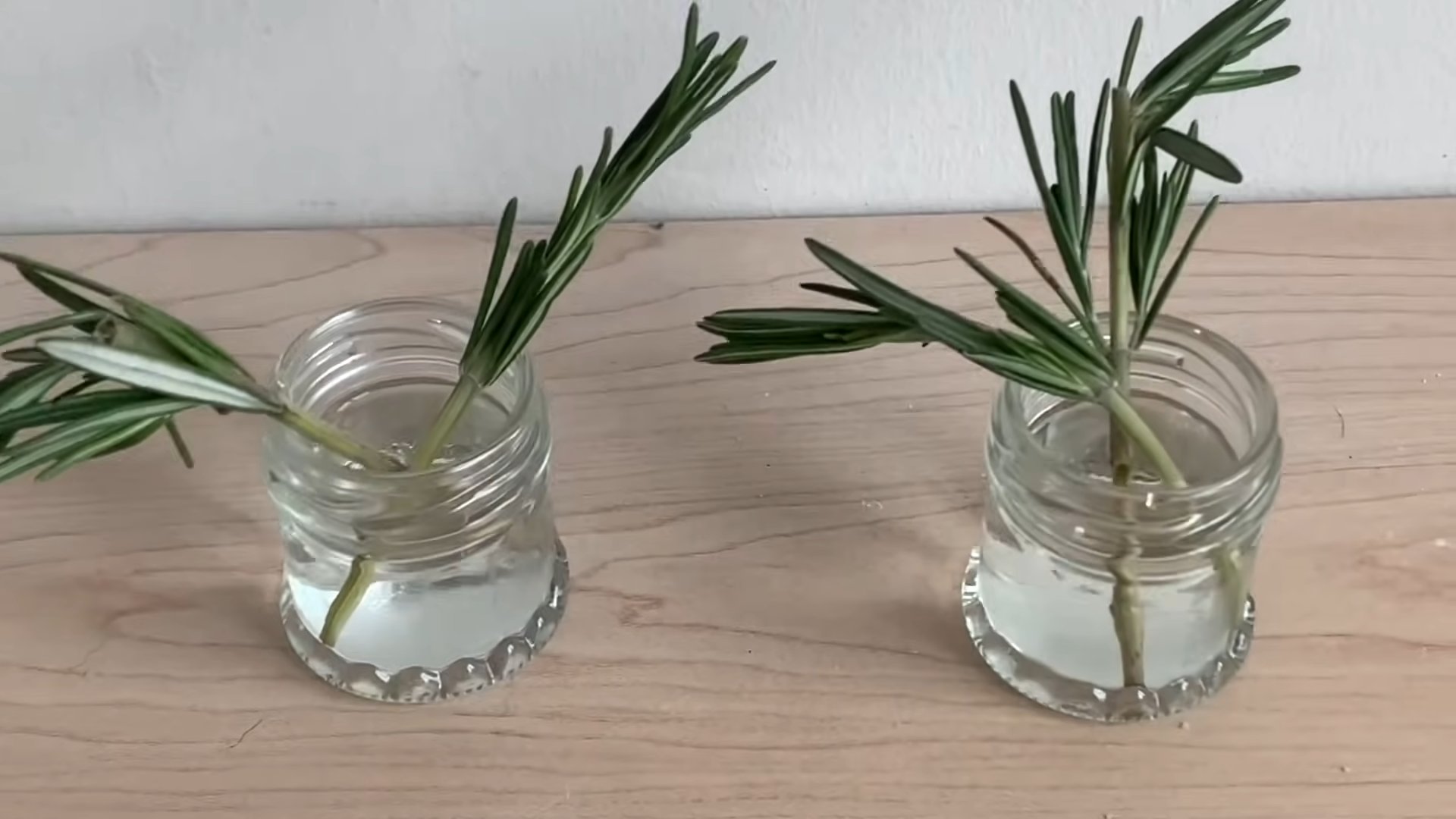
Conclusion
So, there you have it! Growing rosemary at home isn’t just a fun project; it’s a gateway to fresher, more flavorful meals, a more fragrant home, and a deeper connection to the natural world. We’ve walked you through the simple steps, from choosing the right cutting or seeds to providing the ideal environment for your rosemary to thrive.
Why is this DIY trick a must-try? Because store-bought rosemary, while convenient, often lacks the vibrant aroma and potent flavor of homegrown herbs. Plus, think of the satisfaction of snipping fresh sprigs from your own plant, knowing exactly where they came from and how they were nurtured. You’re not just growing rosemary; you’re cultivating a little piece of culinary happiness.
But the benefits extend beyond the kitchen. Rosemary is a beautiful plant, adding a touch of Mediterranean charm to your garden or windowsill. Its fragrant needles release a calming aroma, making it a natural air freshener and a mood booster. And let’s not forget the environmental aspect – reducing your reliance on commercially grown herbs contributes to a more sustainable lifestyle.
Ready to take your rosemary cultivation to the next level? Consider these variations:
* Rosemary Topiary: Train your rosemary plant into a beautiful topiary shape for a stunning ornamental piece.
* Rosemary Bonsai: With careful pruning and shaping, you can create a miniature rosemary bonsai, a unique and captivating addition to your home.
* Rosemary Infused Oil: Harvest your rosemary and infuse it into olive oil for a flavorful cooking oil or a luxurious massage oil.
* Different Varieties: Explore different varieties of rosemary, such as ‘Trailing Rosemary’ for ground cover or ‘Blue Boy’ for its compact size and intense flavor.
We’ve armed you with the knowledge and inspiration to embark on your own rosemary-growing adventure. Now, it’s time to get your hands dirty! Don’t be afraid to experiment, learn from your mistakes, and most importantly, enjoy the process.
We are confident that you will find that growing rosemary at home is a rewarding experience. From the initial planting to the final harvest, each step is a testament to the power of nature and the joy of self-sufficiency.
We encourage you to try this DIY trick and share your experience with us! Post photos of your thriving rosemary plants on social media using #HomegrownRosemary and tag us so we can celebrate your success. Let’s create a community of rosemary enthusiasts, sharing tips, tricks, and delicious recipes featuring this versatile herb.
So, what are you waiting for? Grab your seeds or cuttings, find a sunny spot, and get ready to experience the joy of growing rosemary at home. Your taste buds, your home, and your well-being will thank you for it.
Frequently Asked Questions (FAQ)
What is the best way to start growing rosemary?
The best way to start growing rosemary depends on your preference and resources. You can start from seeds, but germination can be slow and inconsistent. A more reliable method is to propagate from cuttings. Take a 4-6 inch cutting from a healthy, established rosemary plant, remove the lower leaves, and place it in water or directly into well-draining potting mix. Keep the soil moist and provide bright, indirect light. Roots should develop within a few weeks. Alternatively, you can purchase a small rosemary plant from a nursery or garden center. This is the quickest and easiest way to get started.
How much sunlight does rosemary need?
Rosemary thrives in full sun, requiring at least 6-8 hours of direct sunlight per day. If you’re growing rosemary indoors, place it near a south-facing window where it can receive ample sunlight. If you don’t have enough natural light, consider using a grow light to supplement. Insufficient sunlight can lead to leggy growth and reduced flavor.
What kind of soil is best for rosemary?
Rosemary prefers well-draining soil with a slightly alkaline pH (around 6.0-7.5). Avoid heavy clay soils that retain too much moisture, as this can lead to root rot. A good potting mix for rosemary should consist of equal parts potting soil, perlite, and sand. This combination provides excellent drainage and aeration. You can also amend your garden soil with compost and sand to improve drainage before planting rosemary outdoors.
How often should I water rosemary?
Rosemary is drought-tolerant and doesn’t like to be overwatered. Water thoroughly when the top inch of soil feels dry to the touch. Allow the soil to dry out slightly between waterings. Overwatering can lead to root rot, so it’s better to err on the side of underwatering. During the winter months, when growth slows down, you’ll need to water even less frequently.
How do I prune rosemary?
Pruning rosemary is essential for maintaining its shape, promoting bushier growth, and preventing it from becoming woody. Prune rosemary in the spring or summer after it has finished flowering. Use sharp, clean pruning shears to trim back the stems by about one-third. Avoid cutting into the woody parts of the plant, as this can hinder new growth. You can also pinch off the tips of the stems regularly to encourage branching.
Can I grow rosemary indoors?
Yes, you can successfully grow rosemary indoors, provided you meet its basic needs. Place your rosemary plant near a sunny window or under a grow light. Use well-draining potting mix and water sparingly. Ensure good air circulation to prevent fungal diseases. You may also need to fertilize your rosemary plant occasionally with a balanced liquid fertilizer.
What are some common problems when growing rosemary?
Some common problems when growing rosemary include root rot, powdery mildew, and pests such as aphids and spider mites. Root rot is caused by overwatering and poor drainage. Powdery mildew is a fungal disease that can occur in humid conditions. Aphids and spider mites are sap-sucking insects that can weaken the plant. To prevent these problems, provide well-draining soil, avoid overwatering, ensure good air circulation, and inspect your plants regularly for pests.
How do I harvest rosemary?
Harvest rosemary by snipping off sprigs with sharp scissors or pruning shears. You can harvest rosemary at any time of year, but the flavor is most intense in the spring and summer. Harvest early in the morning, after the dew has dried, for the best flavor. You can use fresh rosemary immediately or dry it for later use.
How do I dry rosemary?
There are several ways to dry rosemary. One method is to tie sprigs together and hang them upside down in a cool, dry, and well-ventilated place. Another method is to spread the sprigs on a baking sheet and dry them in a low oven (around 170°F) for a few hours. You can also use a dehydrator to dry rosemary. Once the rosemary is completely dry, store it in an airtight container in a cool, dark place.
Is rosemary safe for pets?
Rosemary is generally considered safe for pets in small amounts. However, large quantities of rosemary can cause gastrointestinal upset in some animals. If you have pets that are prone to eating plants, it’s best to keep your rosemary plant out of their reach. Always consult with your veterinarian if you have any concerns about your pet’s health.

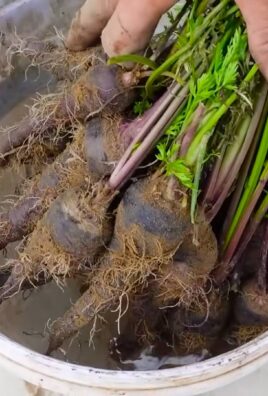
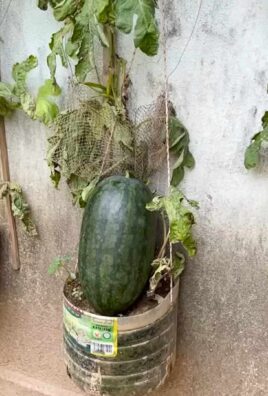
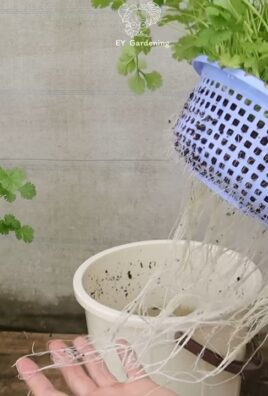
Leave a Comment